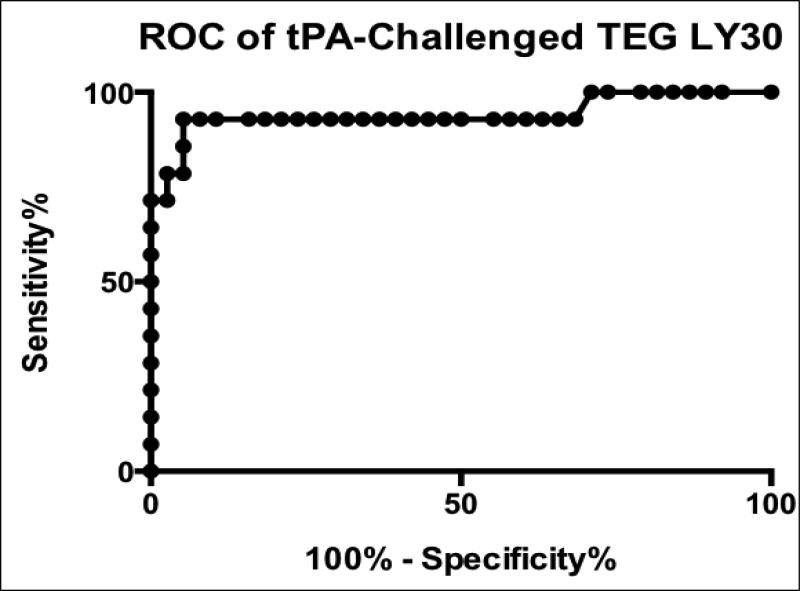Figure 6. Receiver operating characteristic (ROC) curve for tPA-challenged thrombelastography (TEG) prediction of TXA-reversible hyperfibrinolysis.
Clot lysis in response to exogenous tPA added to the blood sample acts as a functional measure of PAI-1 reserves. The lower the levels of free PAI-1, the more exogenous tPA is left uncomplexed to cause measurable fibrinolysis, after ex vivo addition to whole blood. The area under the ROC curve was 0.94 (p <0.0005), with sensitivity and specificity optimized at 92.9% and 94.7% respectively with a threshold value of LY30 >20.8%.

